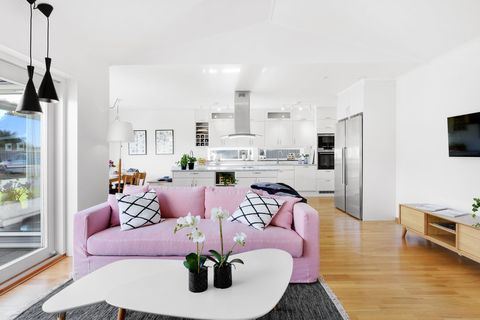Bedroom Room Layout

Niklas Skur / EyeEm Getty Images
Ask the experts: Our expert panel answer questions on DIY, eco design, mortgages, cleaning, architecture, consumer issues and more
Question: 'We want to revamp our living room – what's the best way to plan the area?'
DIY guru, Jo Behari, says: Renovations can cost a lot of money, so it's worth taking time to plan the room properly. Firstly invest in a good tape measure that goes up to at least 3-4m. Poor measurements lead to poor space planning and layout. Measure your room accurately and plot it out on a piece of paper or do it electronically. Ensure you include all doors and sweeps, plus windows, recesses, radiators and fixed pieces of furniture. It can be tricky to get this right so spend time on this stage, and get a friend to help if needed. It's better to measure twice than make a mistake.
A room is considered to be small if any dimension is less than 3m, so here you'll need efficient use of space and light palettes to create an airy feeling. Natural daylight makes a room seem bigger, so don't crowd the windows with bulky fabrics. A few eye-catching items in corners can elongate the room, making it feel larger.
Long thin rooms, where one length is more than 3m, need clever lighting and will benefit from zoning. Oversized items can absorb the space and keeping the main walkway to one side will help the room flow. Large rooms, where one dimension is longer than 9m, may seem like a blessing, but items can feel lost. Large plants help to create a cosy feeling while two-tone wall colours break up the room and, again, zones can help provide multiple functions. Statement pieces work well in large rooms, so look out for items that might be a talking point and offer a focus.

Opus Getty Images
To plan the room effectively, you need to detach yourself from its current use. List all the functions you need it to accommodate – be it lounging, entertaining, office space, kids' den, adult living area – literally anything that you want it to be.
Once you've measured your room, mark the electrical points, radiators and anything else that can't be moved on the sketch. You then have a blank canvas to work on. I cut out little 2D models of the furniture I own or want to buy, then place them on the room sketch and move them around until the space works for me.
I draw lines as if a person were moving around the room so I can assess the flow. You can, of course, use many online resources to help with space planning. There are a number of sites and pieces of software that allow you to build your room from scratch and then you can play around with different furniture as well as applying wall colours, flooring and lighting to get a good idea of what works. I'd recommend doing this, especially if you're working on a large project.
From: House Beautiful magazine
Get inspiration, ideas and advice wherever you are! Follow us on Facebook: House Beautiful UK | Pinterest: House Beautiful UK | Twitter: @HB | Instagram: @housebeautifuluk
This content is created and maintained by a third party, and imported onto this page to help users provide their email addresses. You may be able to find more information about this and similar content at piano.io
Source: https://www.housebeautiful.com/uk/renovate/design/advice/a1269/planning-room-layout-space/








Tidak ada komentar:
Posting Komentar